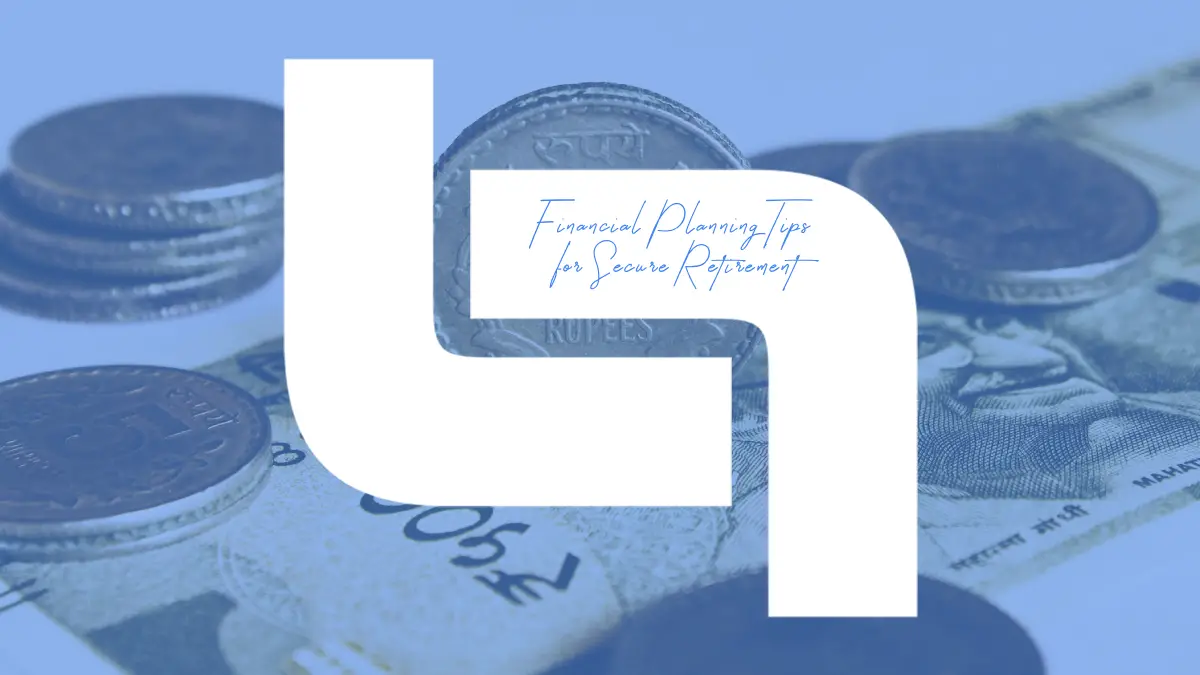Planning for retirement is more than just saving money—it’s about securing your future and ensuring a comfortable, worry-free life after work. Ever wonder if you’re truly prepared? From budgeting beyond basic expenses to maximizing your retirement accounts, each step you take today can make a huge difference tomorrow. Let’s explore some smart strategies to help you retire with confidence and peace of mind. Secure your financial future by connecting with the seasoned advisors at Bitcoin 360 Ai.

Comprehensive Retirement Budgeting: Beyond Basic Expenses
When we think about retirement, budgeting is often the first thing that comes to mind. But simply covering basic expenses like housing and groceries won’t cut it. A proper retirement plan needs to go further. It’s about anticipating the real costs of life in your later years. Have you considered how inflation might affect your purchasing power? Groceries, healthcare, and utilities—things we often take for granted—can become increasingly expensive over time. It’s wise to build a buffer into your budget for these rising costs.
Healthcare, in particular, can eat up a large portion of your savings if you’re not prepared. As we age, medical expenses tend to climb, so setting aside funds specifically for healthcare can be a lifesaver. And don’t forget about fun! Travel, hobbies, and dining out might seem like extras now, but they can add a lot to your quality of life in retirement. Nobody wants to be stuck at home watching TV because they didn’t plan for a little enjoyment.
Consider setting up a separate fund for travel or leisure activities, even if it’s just a small one. Think of it as a way to reward yourself for all those years of hard work. By planning for more than just the essentials, you give yourself the freedom to enjoy your retirement years fully.
Maximizing Retirement Accounts: Tax-Efficient Savings Strategies
Ever feel like you’re leaving money on the table? When it comes to retirement savings, how you manage your accounts can make a big difference. If you’re contributing to a 401(k) or an IRA, you’re already on the right track. But are you making the most of these tax-advantaged accounts? By carefully choosing where you put your money, you can save on taxes now and potentially pay less in the future.
For instance, Roth IRAs are a great option if you expect to be in a higher tax bracket when you retire. Since you pay taxes upfront on your contributions, your withdrawals in retirement are tax-free. On the other hand, traditional IRAs offer a tax break now, but you’ll pay taxes when you withdraw the money later. It’s all about knowing what works best for your situation.
Another tip: If your employer offers a matching contribution to your 401(k), make sure you’re contributing enough to take full advantage of it. That’s free money! Beyond this, think about diversifying where you put your money. Having a mix of tax-free, taxable, and tax-deferred accounts gives you flexibility in retirement. You can choose where to withdraw from based on your tax situation that year, which can lead to big savings over time.
Diversification in Retirement Portfolios: Risk Management and Growth Potential
Imagine putting all your eggs in one basket. Sounds risky, right? The same goes for your retirement savings. Diversification is your best friend when it comes to managing risk and seizing growth opportunities. But what does that really mean? Simply put, it’s about spreading your investments across different types of assets—stocks, bonds, real estate, and maybe even a bit of gold. This way, if one investment doesn’t perform well, others might still bring in gains, balancing out the overall risk.
Stocks are often seen as the engines of growth in a portfolio. But they can be volatile, especially as you approach retirement. That’s why it’s crucial to gradually shift some of your stock investments into more stable assets, like bonds, as you get older. Bonds might not offer the same high returns as stocks, but they’re generally safer and can provide a steady income stream in retirement.
Then there’s real estate. Owning property can provide rental income and serve as a hedge against inflation. Plus, if the market goes up, your property’s value could increase too. But remember, it’s not just about buying a bunch of different things. Smart diversification involves choosing investments that behave differently in various market conditions. This way, your portfolio has a better chance of staying strong, no matter what the economy throws your way.

Social Security Optimization: Timing and Strategies for Maximum Benefit
Social Security is like a puzzle. Get it right, and you could add thousands to your retirement income. But how do you put the pieces together? The key lies in timing. If you start claiming Social Security at the earliest age of 62, your monthly benefit will be lower than if you wait until your full retirement age (which is around 66 or 67, depending on when you were born). But if you can hold off until you’re 70, your benefit increases even more, by about 8% each year. That’s a significant boost!
So, when should you claim? If you’re in good health and have a family history of longevity, waiting might be worth it. On the other hand, if you need the money sooner or have health concerns, claiming earlier could make more sense. It’s also important to consider your overall financial picture. Do you have other sources of income? What’s your tax situation? These factors can help you decide the best time to start collecting.
Conclusion
Retirement isn’t just the end of work; it’s the start of a new chapter. Are you ready to make the most of it? By budgeting wisely, diversifying your investments, and optimizing your Social Security, you can set the stage for a fulfilling and financially secure retirement. Remember, the decisions you make today will shape your future—so plan thoughtfully and live your retirement years to the fullest.

